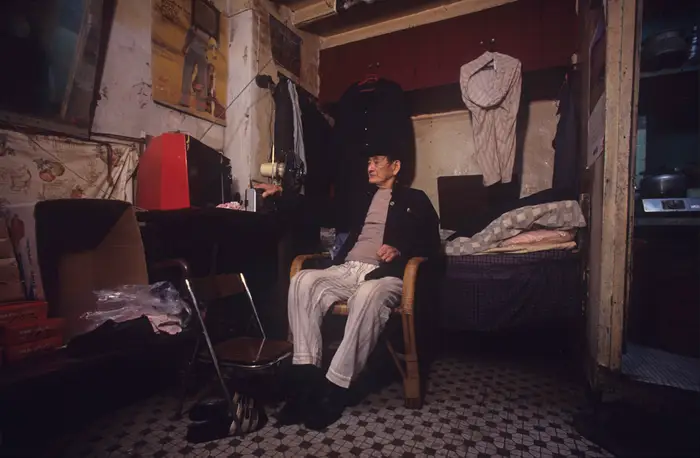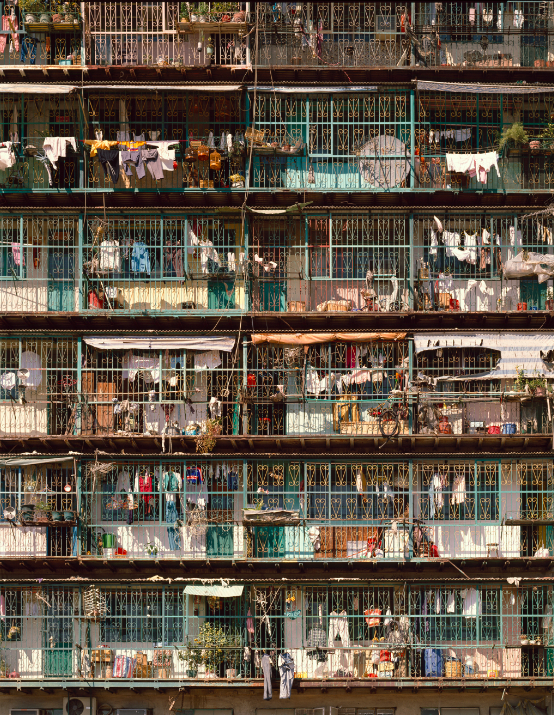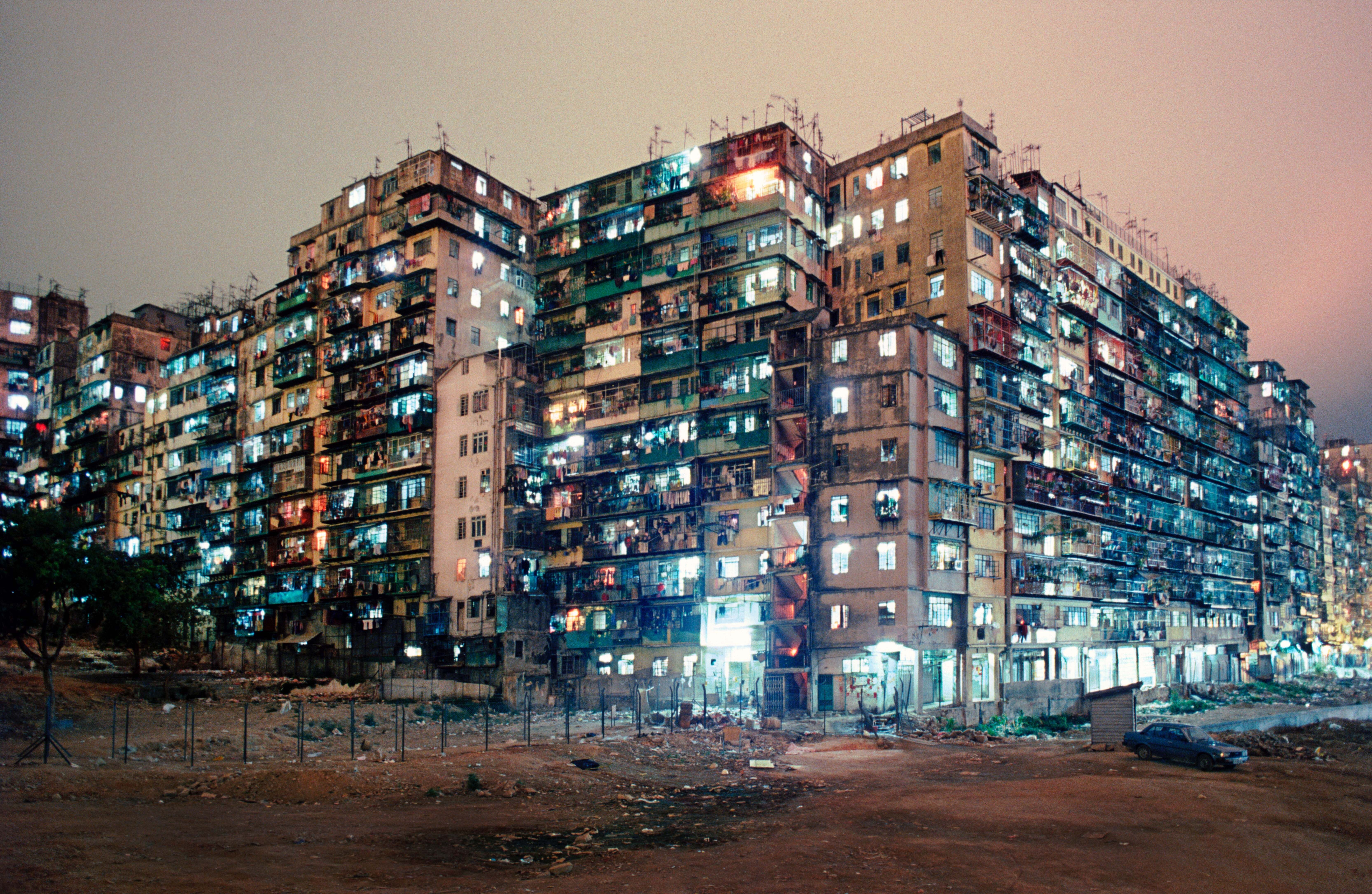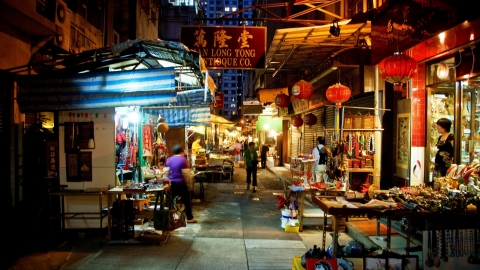Kowloon Walled City was perhaps one of the most distinctive areas in Hong Kong at that time. It was not luxurious, splendid or filled with sparkling lights, but was known as a crowded, chaotic place with many elements in society during the period of 1950-1990.
Many photographers have documented life inside the Kowloon Walled City, most notably by Canadian photographer Greg Girard and British photographer Ian Lambot.

Kowloon Walled City, also known as Kowloon Walled City, was once an independent area located in the north of Hong Kong Island.
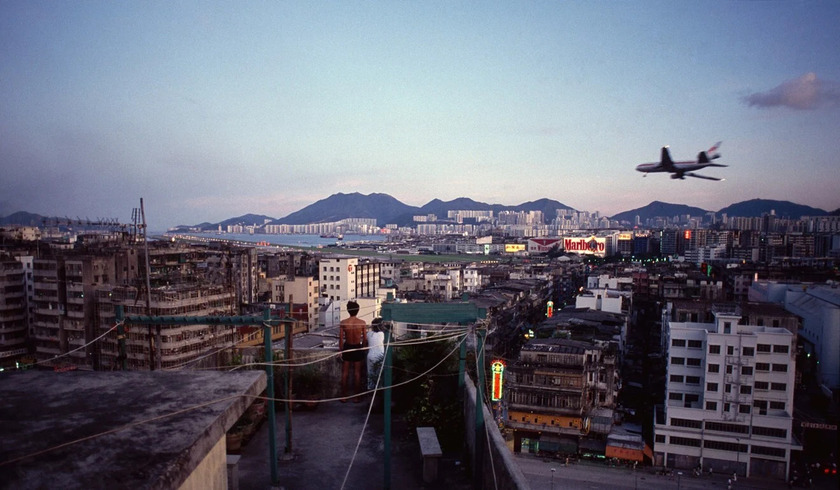
From a military fortress, Kowloon Walled City developed into a "miniature city" with 50,000 residents and 300 interconnected high-rise buildings.
Inside the Kowloon Walled City before its demolition in 1994 was a completely different world from the rest of Hong Kong. It was densely populated, bustling, and full of contradictions: the road system was narrow and dark; many people had to live in damp, shabby apartments with little sunlight; and it was also famous for many social evils...


Often, a space like a grocery store will double as a living room or a space for children to do homework.
Known as the “shadow city”, Kowloon Walled City is a largely unregulated Chinese-occupied enclave in Hong Kong. With its unique structure, Kowloon Walled City has up to 300 interconnected buildings. Before being demolished in 1994, it was home to 50,000 people and was known as the most populous place on earth, surpassing major cities such as New York (USA) or New Delhi (India).
Kowloon Walled City was considered a "paradise" for outlaws and a "hell" for the poor. However, despite the difficulties and challenges, the people here always maintained a strong vitality and optimistic spirit.
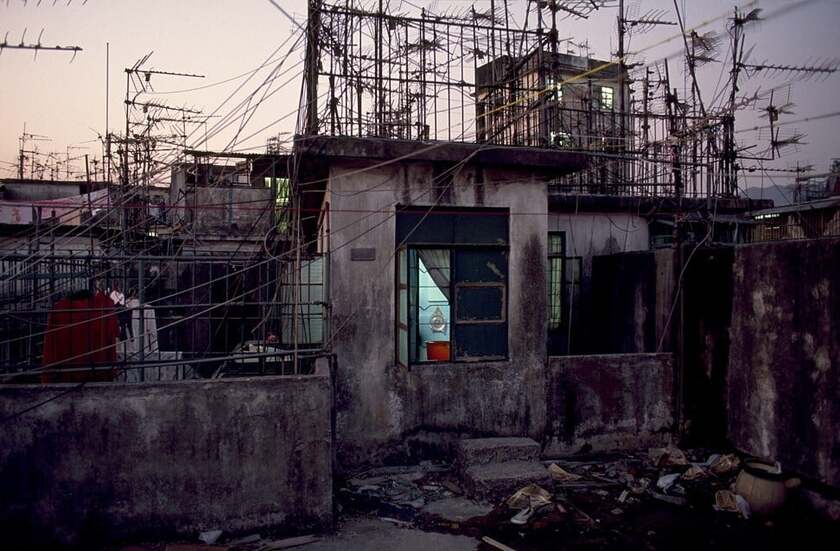
According to photographer Girard, the Kowloon Walled City had lower floors that were always hot and humid, surrounded by many electric wires.


By 1987, the area had become normal, although it was still considered a dangerous area by outsiders.

The streets and alleys of Kowloon Walled City are very narrow. Most are just over 1 meter wide, and some are so narrow that you have to lean to get through.
In 1994, the Hong Kong government decided to demolish Kowloon Walled City to build new housing. The relocation took many years and was difficult, but in the end, the walled city was completely razed.
Today, the Kowloon Walled City remains only in the memories of those who lived and worked there. Girard and Lambot’s photographs play an important role in preserving the historical and cultural values of this unique area.


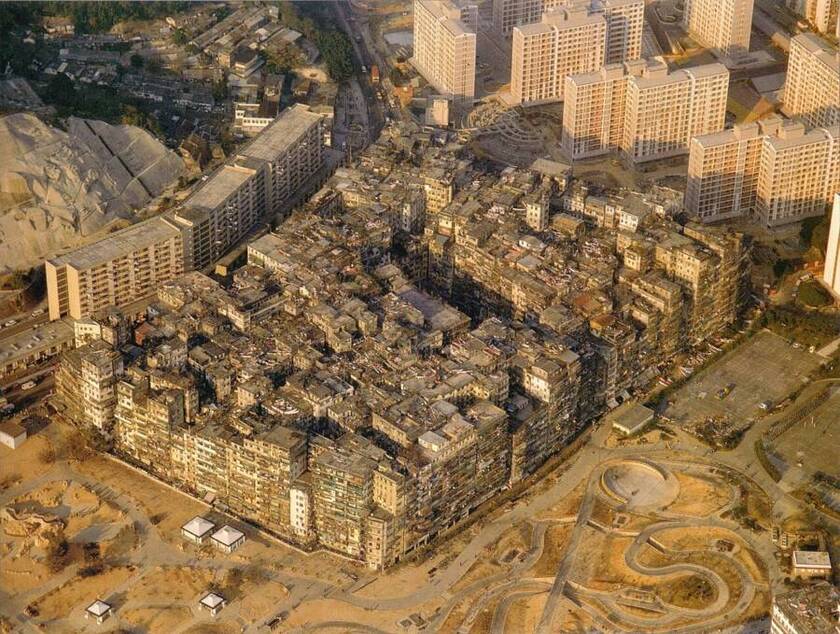
Kowloon Walled City, a crowded and chaotic area with 300 interconnected buildings
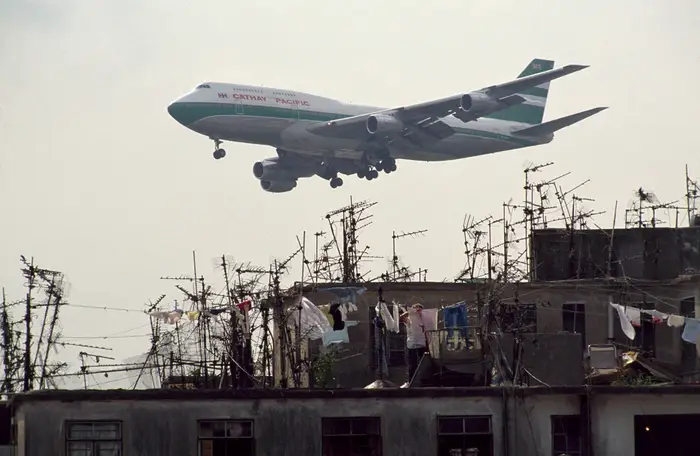
The only regulation enforced in Kowloon is building height. Because the airport is so close, buildings cannot be taller than 13 or 14 stories.
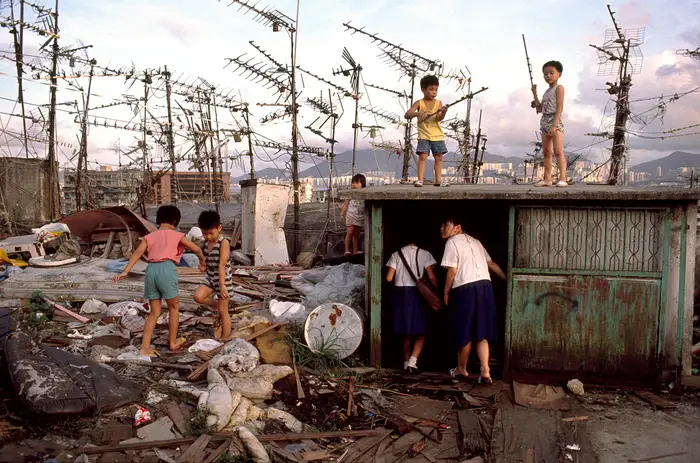

Ho Chi Kam, owner of a hair salon in Chengzhai until 1991
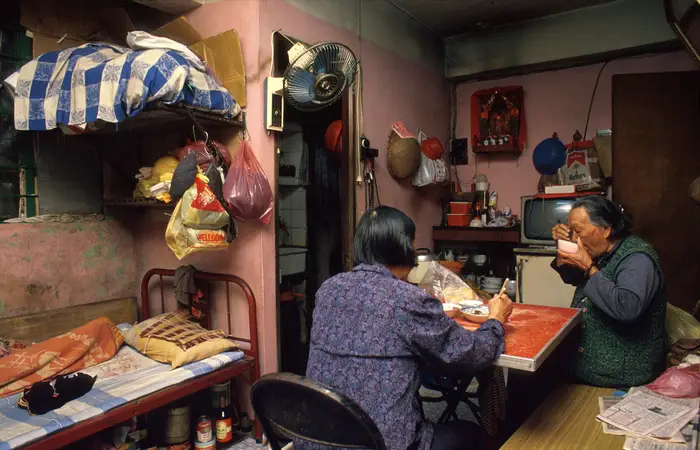
A cramped apartment on the third floor

This rubber factory is run entirely by two men.

Convenience store with rooms

During the period from 1950 to 1970, this place was also famous as an area of operation of notorious gangs.
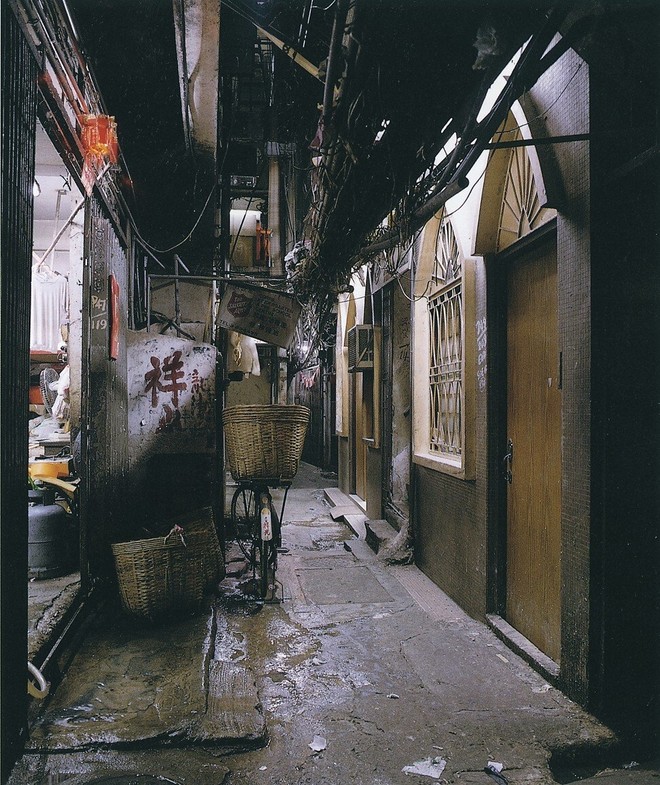
Most rents are controlled by those with "land rights"
